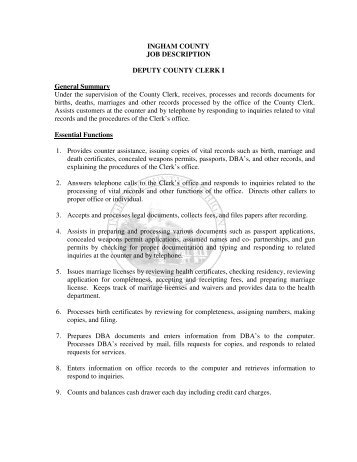

This will help you understand how much to explain or when you can rely instead on acronyms common in your industry and more. While we’ll touch on what to include next, keep your idea of a qualified candidate in mind while we move through each step. It also prevents you from writing a novel that qualified candidates won’t finish reading-writing a concise summary respects the time of candidates you invite to apply, creating a positive first step in your relationship. Keeping job descriptions concise while offering a quick summary of daily and high-level activities and responsibilities is how best to help potential candidates understand what you need. It’s important for attracting qualified candidates and helps those not qualified (or over-qualified) to decide whether or not to apply. Its purpose is to help find suitable candidates for a position or project, allowing readers to self-select if they’re qualified.

In general, a job description is a written narrative that discusses a job’s general duties and responsibilities which will help you evaluate a person for that role. So, how do you keep it clear, and what best practices should you follow? What is a job description? Avoid a long, winding, and frustrating process by cleaning up your job description and relying on best practices to develop a compelling job description that excites the right readers. An unclear description can scare away top talent and fill your inbox with a flood of unrelated resumes. A clear job description helps hiring managers and qualified applicants understand precisely what your company needs.


 0 kommentar(er)
0 kommentar(er)
